James Webb Space Telescope reveals ‘unprecedented’ views of Jupiter
Scientists hope to look back over 13.5 billion years to the formation of the universe
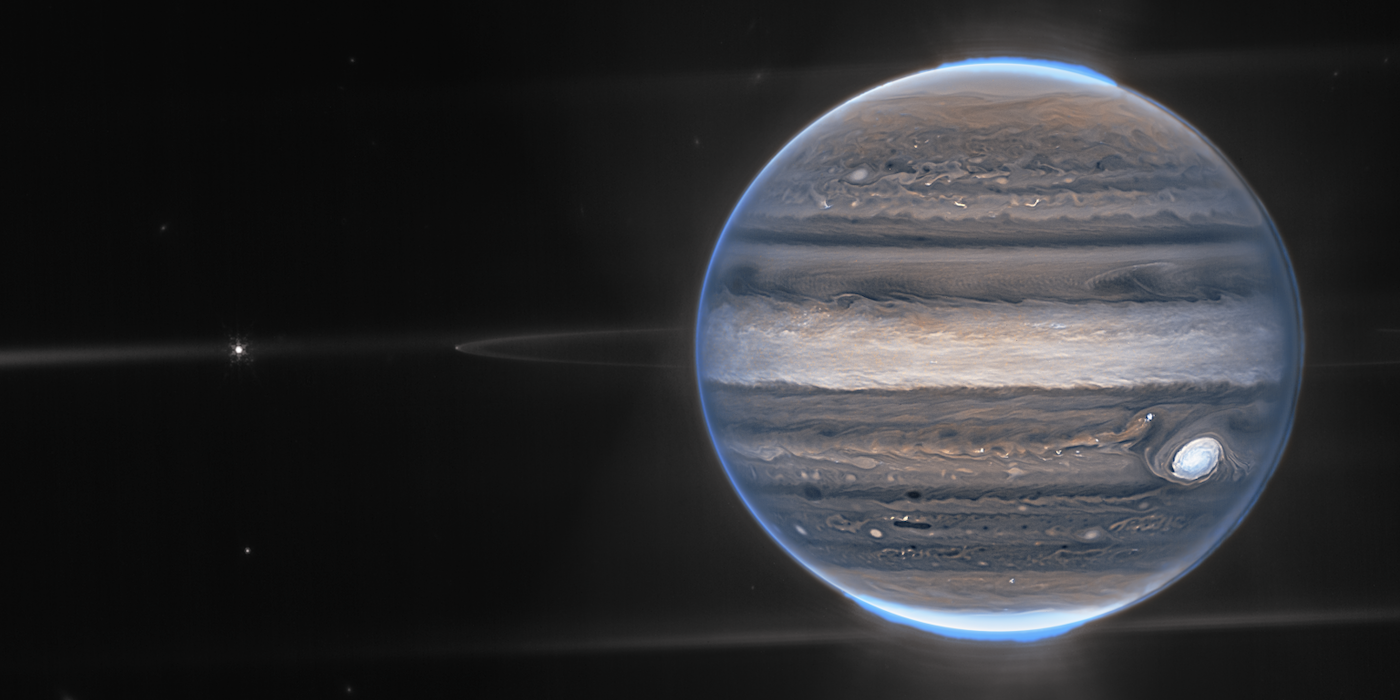
The world’s most powerful telescope has captured striking new images of the planet Jupiter.
Nasa revealed the images, taken by the James Webb Space Telescope in July, showing the solar system’s biggest planet in new detail, including its auroras – Jupiter’s northern and southern lights – and the moons and rings that surround it. The planet’s storms, including the giant Great Red Spot, a storm big enough to swallow Earth, are also distinctly visible in the new images.
The pictures were taken with a Near-Infrared Camera, said Nasa, and light was mapped onto the images to make them visible to the human eye. The standalone shot of Jupiter is actually a composite of images taken by the telescope which have been added together, with different colour filters allowing the features to stand out.
“We’ve never seen Jupiter like this. It’s all quite incredible,” planetary astronomer Imke de Pater, of the University of California, Berkeley, said. “It’s really remarkable that we can see details on Jupiter together with its rings, tiny satellites, and even galaxies in one image.”
The shots were described as “unprecedented” by The Guardian and the BBC, while Nasa said the images will “give scientists even more clues to Jupiter’s inner life”.
The James Webb Space Telescope is the “£8.5bn successor to the Hubble Space Telescope”, said Sky News. It was launched into space at the end of last year and is currently around one million miles from Earth, orbiting the sun in line with the planet.
Scientists hope to use the telescope to look back over 13.5 billion years to learn about the formation of the universe and see the first stars and galaxies.
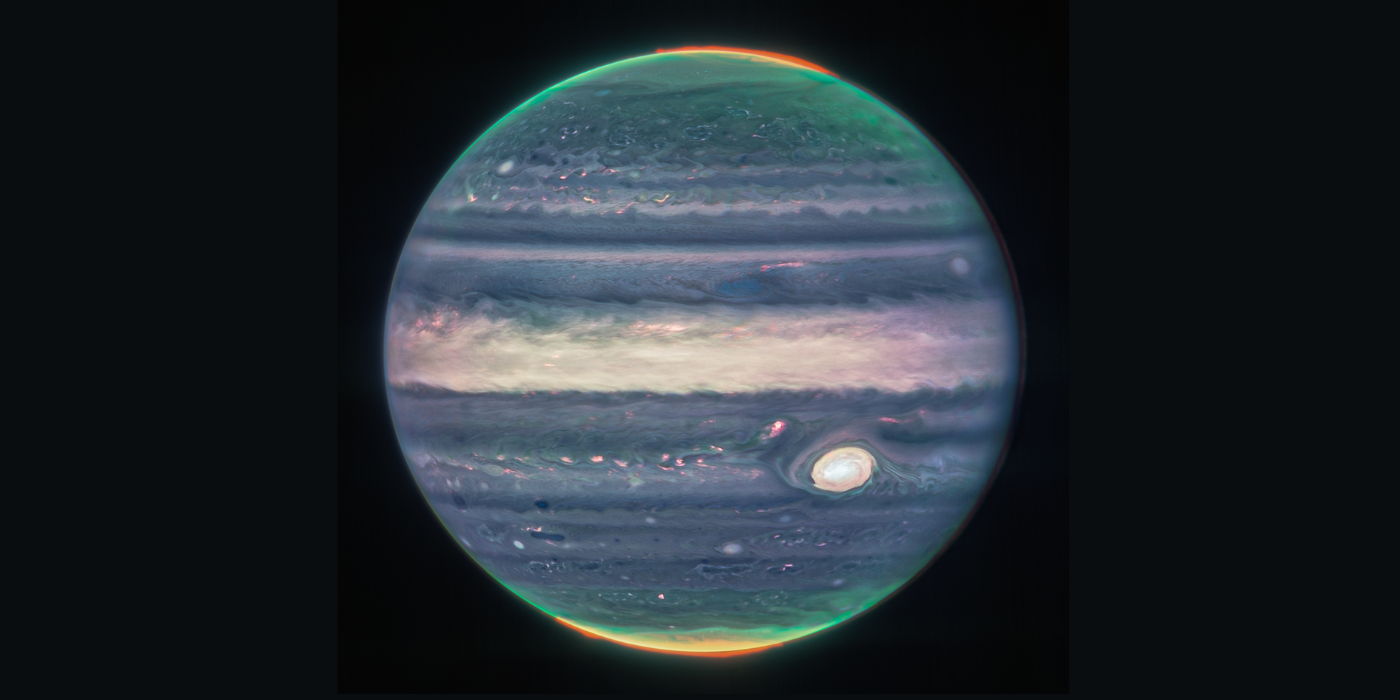
A composite image of Jupiter taken by the James Webb Space Telescope shows the giant planet as it has never been seen before. The image was created from three filters – F360M (red), F212N (yellow-green), and F150W2 (cyan) – according to Nasa, making the planet’s features visible to the human eye.
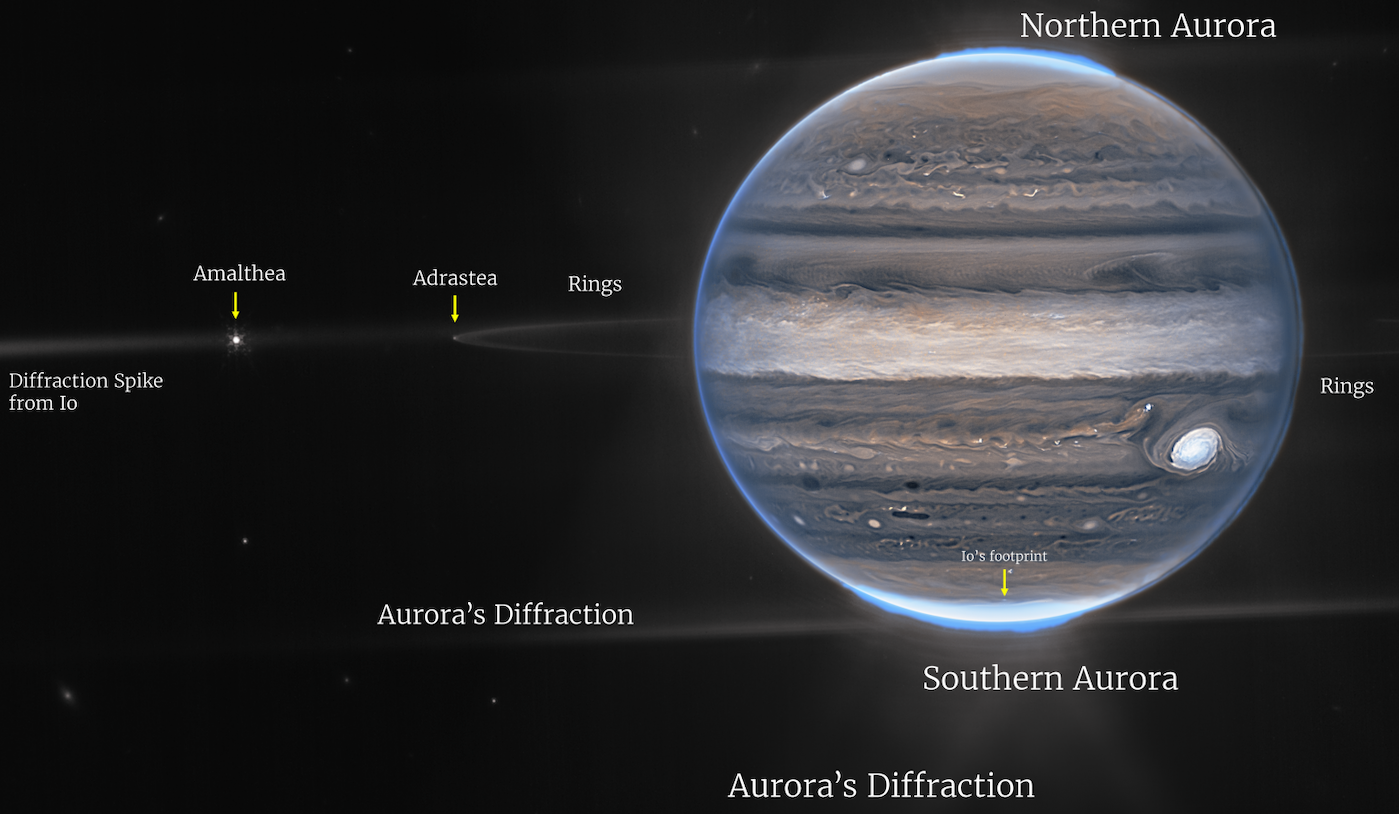
In this wide angled composite picture of Jupiter, the faint rings that surround it are clearly visible, as are the two small moons called Amalthea and Adrastea. The “fuzzy spots” in the lower background are other galaxies “photobombing” the image, according to Nasa.
The auroras are visible by the bright lights at each pole, while the “numerous bright white ‘spots’ and ‘streaks’ are likely very high-altitude cloud tops of condensed convective storms”.
A free daily email with the biggest news stories of the day – and the best features from TheWeek.com
Richard Windsor is a freelance writer for The Week Digital. He began his journalism career writing about politics and sport while studying at the University of Southampton. He then worked across various football publications before specialising in cycling for almost nine years, covering major races including the Tour de France and interviewing some of the sport’s top riders. He led Cycling Weekly’s digital platforms as editor for seven of those years, helping to transform the publication into the UK’s largest cycling website. He now works as a freelance writer, editor and consultant.
-
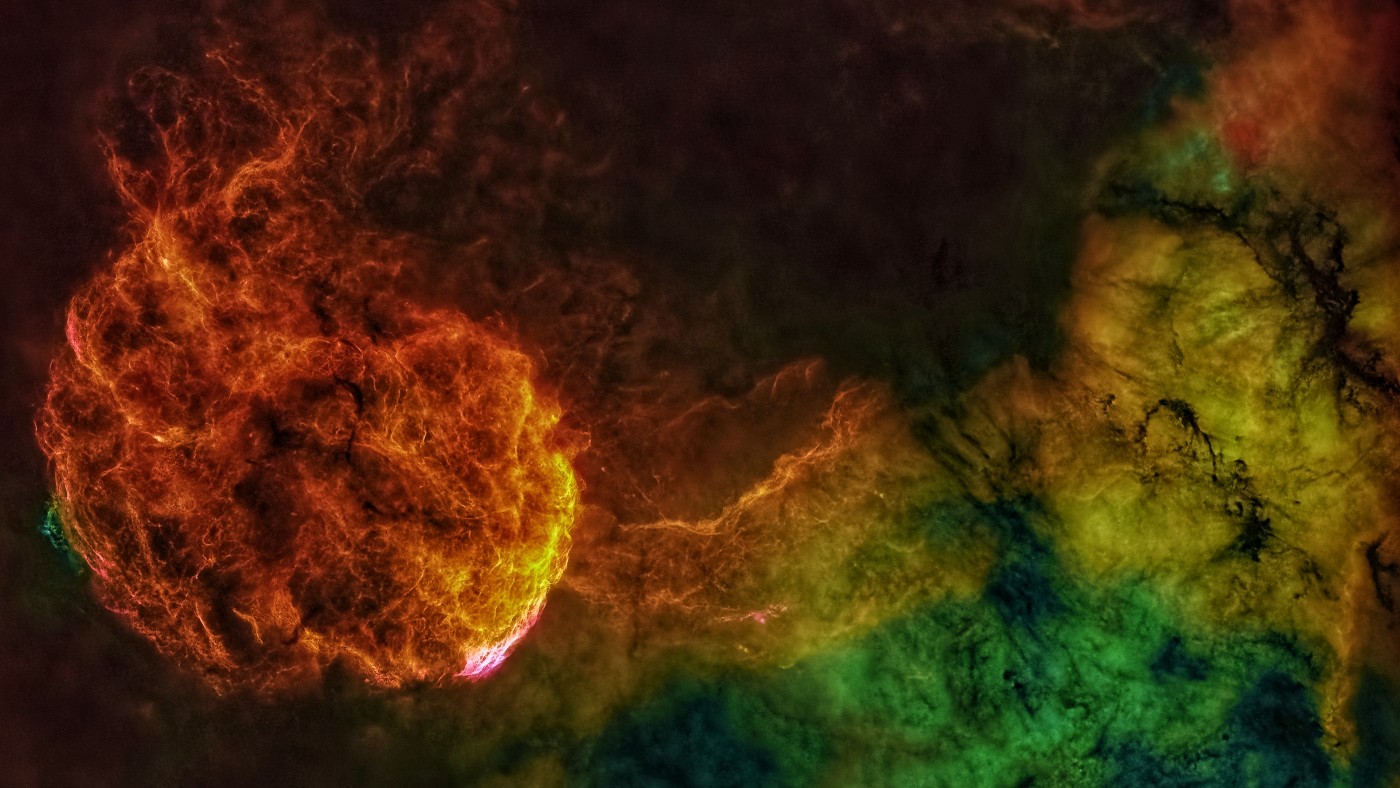 Astronomy Photographer of the Year offers vibrant look at universe
Astronomy Photographer of the Year offers vibrant look at universeIn Pictures Shortlisted entries for annual competition are out of this world
-
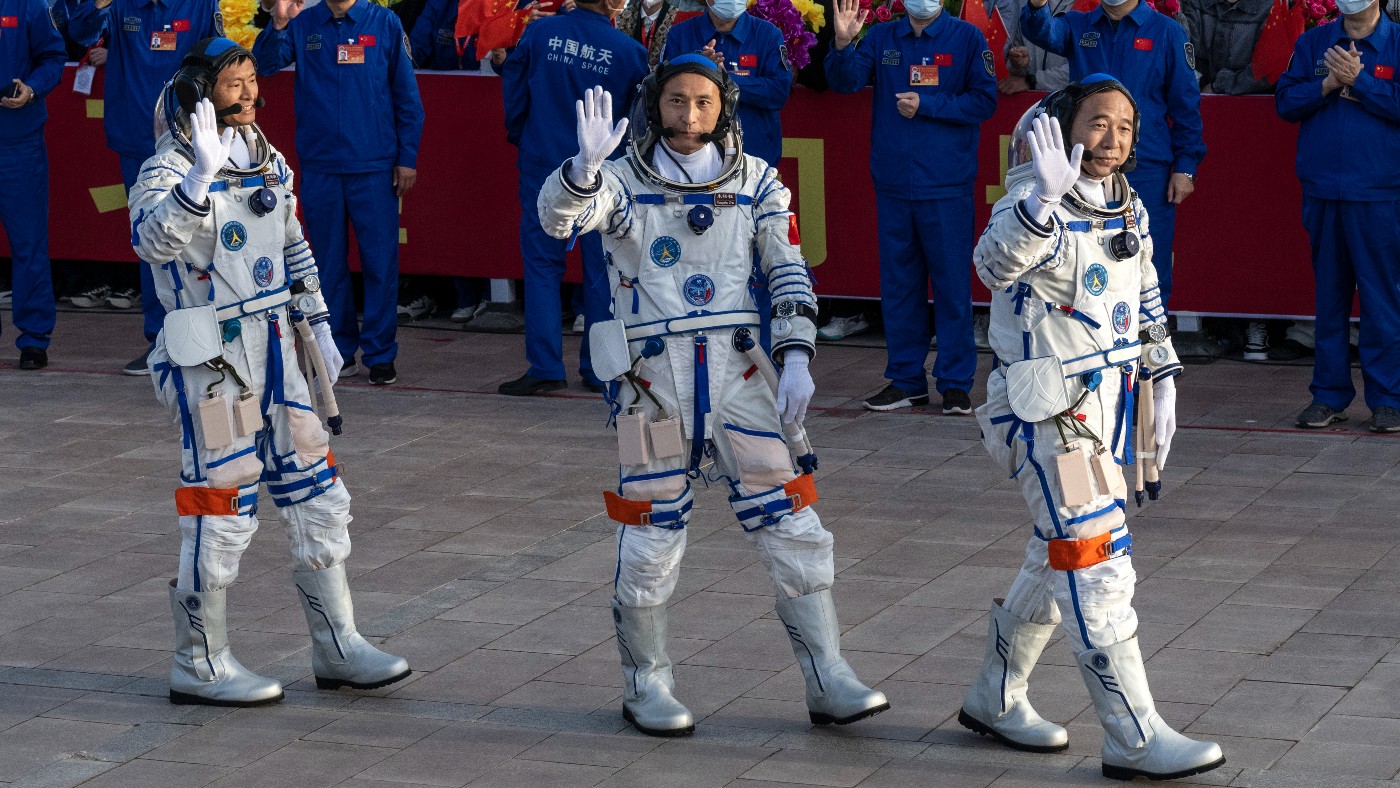 China launches new space crew ahead of 2030 moon expedition
China launches new space crew ahead of 2030 moon expeditionIn Pictures The Shenzhou-16 spacecraft is headed towards China’s space station

